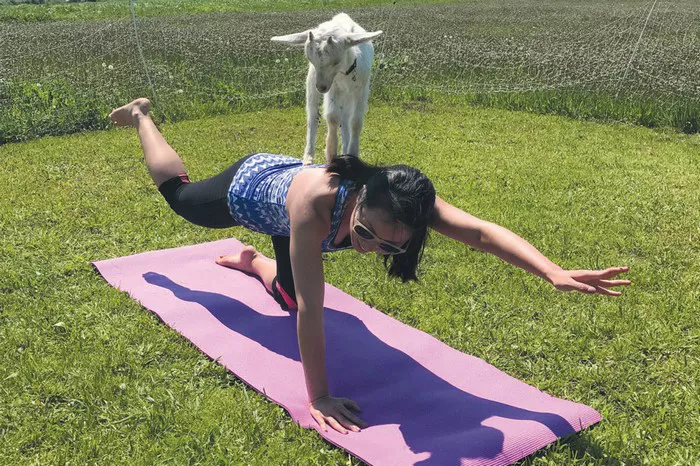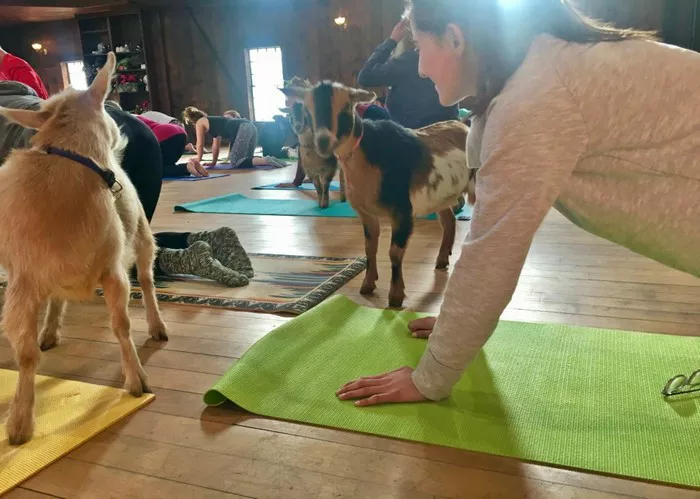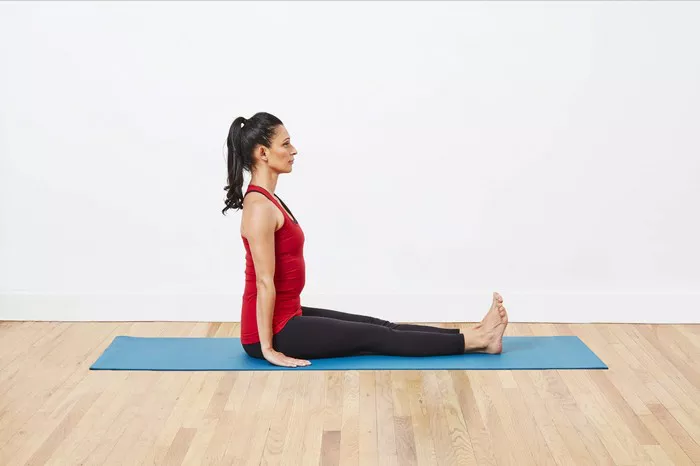Yoga wheels have become increasingly popular in recent years as a versatile and beneficial tool for yogis of all levels. This circular prop offers a unique way to enhance flexibility, improve balance, and deepen your yoga practice. Whether you’re a beginner looking to explore new poses or an advanced practitioner seeking to intensify your stretches, the yoga wheel can be a valuable addition to your routine.
Made from durable materials such as wood or plastic, the yoga wheel typically has a diameter ranging from 10 to 15 inches and a width of about 4 to 6 inches. Its smooth surface and sturdy construction allow for a wide range of exercises that target different parts of the body. By using the yoga wheel, you can open up your chest, stretch your back, and even work on your core strength. In this article, we will explore various ways to incorporate the yoga wheel into your yoga practice, providing detailed instructions and tips for each pose.
Understanding the Yoga Wheel
Before diving into the different poses and exercises, it’s essential to familiarize yourself with the yoga wheel. The wheel has several parts that you should know:
The Outer Rim: This is the circular edge of the wheel, which provides stability and support. It’s important to ensure that the rim is smooth and free from any sharp edges to prevent injuries.
The Inner Core: The core of the wheel gives it its strength and rigidity. It should be firm enough to hold your weight but also have a bit of flexibility to allow for some movement.
The Surface: The surface of the wheel is where you place your body. Some wheels have a textured surface for better grip, while others are smooth. Choose a surface that feels comfortable to you.
When using the yoga wheel, always make sure it is placed on a flat and stable surface. This will prevent it from rolling or slipping during your practice. Additionally, check the weight limit of the wheel to ensure it can safely support your body.
Warm-Up Exercises with the Yoga Wheel
Just like any physical activity, it’s crucial to warm up your body before using the yoga wheel. Here are some simple warm-up exercises:
Spinal Rolls: Sit on the yoga wheel with your legs straight in front of you. Slowly roll back and forth, allowing your spine to curve and stretch. This helps to loosen up the back muscles and prepares your spine for more intense stretches.
Neck and Shoulder Rolls: Place the yoga wheel behind your back and rest your hands on it. Gently roll your neck in a circular motion, first to one side and then the other. Follow this with shoulder rolls, moving your shoulders up, back, and down in a smooth motion. These exercises relieve tension in the neck and shoulders.
Backbends with the Yoga Wheel
Backbends are a great way to open up the chest, stretch the spine, and improve posture. The yoga wheel can assist you in achieving deeper and more comfortable backbends:
Wheel Pose (Urdhva Dhanurasana): Lie on your back with the yoga wheel placed under your upper back. Bend your knees and place your feet flat on the floor, close to your hips. Push through your feet and lift your hips off the ground, allowing the wheel to support your back. As you lift, reach your arms up and over your head, clasping your hands if possible. This pose stretches the front of the body and strengthens the back and arms.
Camel Pose (Ustrasana) with Wheel Support: Kneel on the floor with the yoga wheel in front of you. Place your hands on the wheel for support and gently lean back, opening up your chest. You can choose to keep your hips in line with your knees or push them forward slightly for a deeper stretch. This variation of Camel Pose helps those who may have difficulty reaching back with their hands.
Core Strengthening Exercises
A strong core is essential for overall stability and balance in yoga. The yoga wheel can be used to target the abdominal muscles:
Boat Pose (Navasana) with Wheel: Sit on the yoga wheel with your knees bent and feet flat on the floor. Lean back slightly and engage your core. Slowly lift your feet off the ground, extending your legs straight in front of you. Balance on your sit bones and the wheel, using your core to maintain stability. This variation adds an extra challenge to the traditional Boat Pose.
Plank with Wheel Roll-Outs: Start in a plank position with the yoga wheel under your feet. Roll the wheel forward, extending your legs and lowering your body into a pike position. Then, roll the wheel back to the starting plank position. This exercise works the entire core, including the abs, obliques, and lower back.
Hip Openers
Tight hips can cause discomfort and limit your range of motion. The yoga wheel can help you open up those hips:
Figure Four Stretch with Wheel: Lie on your back and place the yoga wheel under one of your buttocks. Cross the opposite ankle over the knee of the leg with the wheel under it. Gently pull the thigh towards your chest, feeling the stretch in the outer hip. This pose is excellent for releasing tension in the hips and glutes.
Pigeon Pose (Eka Pada Rajakapotasana) with Wheel: Start in a low lunge position and place the yoga wheel under the front thigh. Slowly lower your back knee to the floor and slide the wheel forward, opening up the hip of the front leg. You can lean forward or back, depending on your comfort level, to deepen the stretch.
Relaxation and Recovery
After a challenging yoga session, it’s important to relax and allow your body to recover. The yoga wheel can be used for gentle relaxation poses:
Savasana with Wheel: Lie on your back and place the yoga wheel under your calves. This slight elevation helps to relieve pressure on the lower back and allows for a more comfortable Savasana. Close your eyes and focus on your breath, allowing your body to fully relax.
Spinal Twist with Wheel: Sit on the yoga wheel with your legs crossed. Twist your torso to one side and place your hands on the wheel for support. Hold the twist for a few breaths and then repeat on the other side. This gentle spinal twist helps to release tension in the back and improve spinal mobility.
Conclusion
The yoga wheel is a versatile and effective tool that can enhance your yoga practice in many ways. By incorporating the various exercises and poses described in this article, you can improve your flexibility, strength, and balance. Remember to always listen to your body and start slowly, gradually increasing the intensity and complexity of the poses. With regular use, the yoga wheel can help you take your yoga practice to the next level and enjoy the many physical and mental benefits that yoga has to offer. Whether you’re at home or in a studio, the yoga wheel is a great addition to your yoga toolkit.
Related topics





















